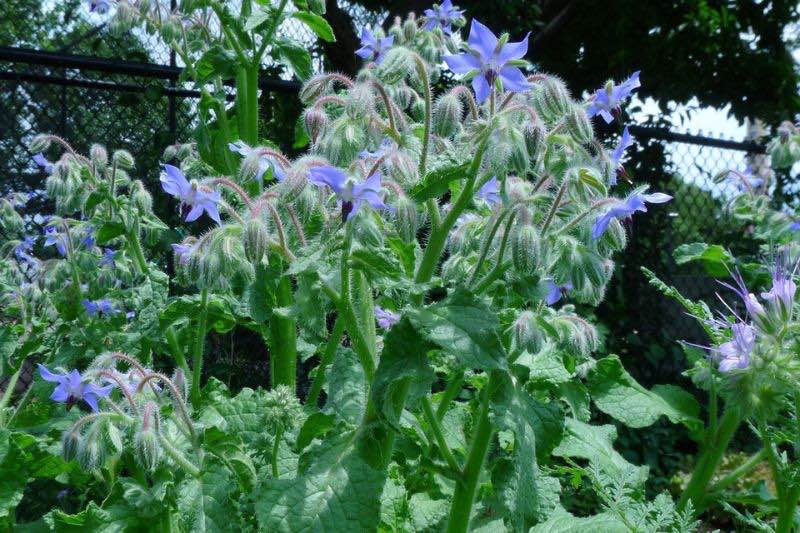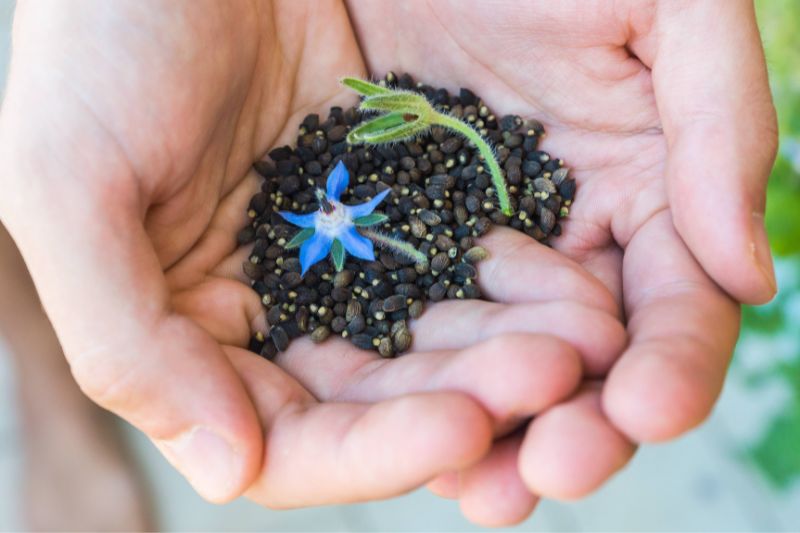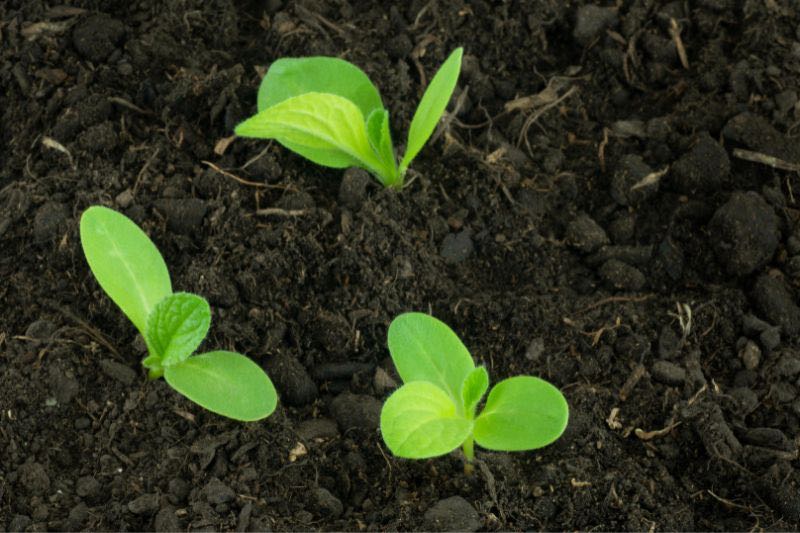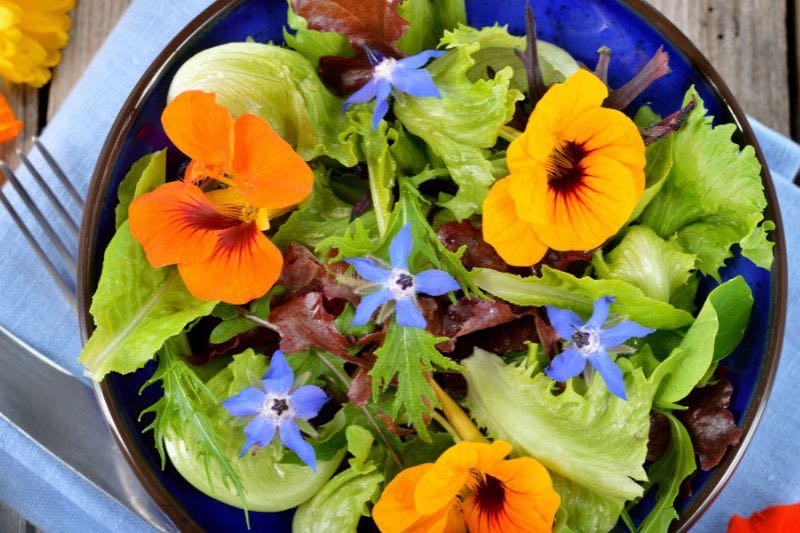Borage (Borago officinalis) is an annual plant as beautiful as it is useful, with its star-shaped blue flowers (but there is a white-flowered variety) and its villous leaves. Borago officinalis is particularly valued for its medicinal properties and culinary uses. Sowing borage is very easy, even for beginner gardeners.

Follow our guide to sow borage successfully and add a touch of colour and flavour to your garden. You will learn when and how to sow this versatile plant, whether in open ground or in a pot.

When to sow borage?
The ideal period to sow borage is in spring, from March to May, when temperatures are mild and risk of frost has passed. However, if you live in a mild-climate area, it is possible to start sowing as early as February, or even in autumn.

How to prepare the soil?
Borage is not very demanding regarding soil. It prefers well-drained soil, slightly acidic to neutral (pH 6 to 7), and rich in organic matter. Before sowing, work soil to a depth of about 20 cm to aerate it and facilitate borage rooting. If necessary, add compost or well-rotted manure to improve the soil.
Sowing in open ground
To sow borage in open ground in your vegetable plot, proceed as follows:
- Draw furrows about 1 cm deep, spaced 30 to 40 cm apart.
- Sow borage seeds in the furrows, spacing them 20 to 30 cm apart.
- Cover seeds with fine soil and press lightly.
- Water gently so as not to displace the seeds.
Germination usually takes between 7 and 15 days. Once seedlings have developed two true leaves, thin them out, keeping the most vigorous plants 30 to 40 cm apart.

Sowing in pot or planter
Borage can also be grown in a pot, which is particularly suitable if space is limited. Here is how to proceed:
- Choose a pot at least 30 cm in diameter and depth, with drainage holes in the base.
- Fill the pot with a mix of potting compost and well-rotted compost.
- Sow 3 to 4 borage seeds in the centre of the pot, pushing them slightly into the soil (about 1 cm deep).
- Cover seeds with potting compost and press gently.
- Water gently so as not to displace the seeds.
Here too, when seedlings have developed two true leaves, thin them out, leaving only the most vigorous young plant.

Caring for borage
Borage is an undemanding plant to maintain. Here are some tips to ensure optimal growth:
- Water regularly, especially during dry spells, but not excessively to avoid asphyxiating the roots.
- Mulch around plants to retain moisture and limit weed growth.
- Remove faded flowers to encourage flowering and prevent formation of unwanted seeds.
Harvest and uses of borage
Borage flowers have a slight cucumber flavour and are rich in vitamins and minerals. Leaves are used in cooking like spinach or as aromatic herbs. In addition to its culinary uses, Borago officinalis has some medicinal properties.
However, do not overconsume, as the aerial parts of the plant present a hepatotoxic character, and may be carcinogenic at very high doses and with repeated consumption.
Read: borage leaf soup: a simple and tasty recipe.

































Comments